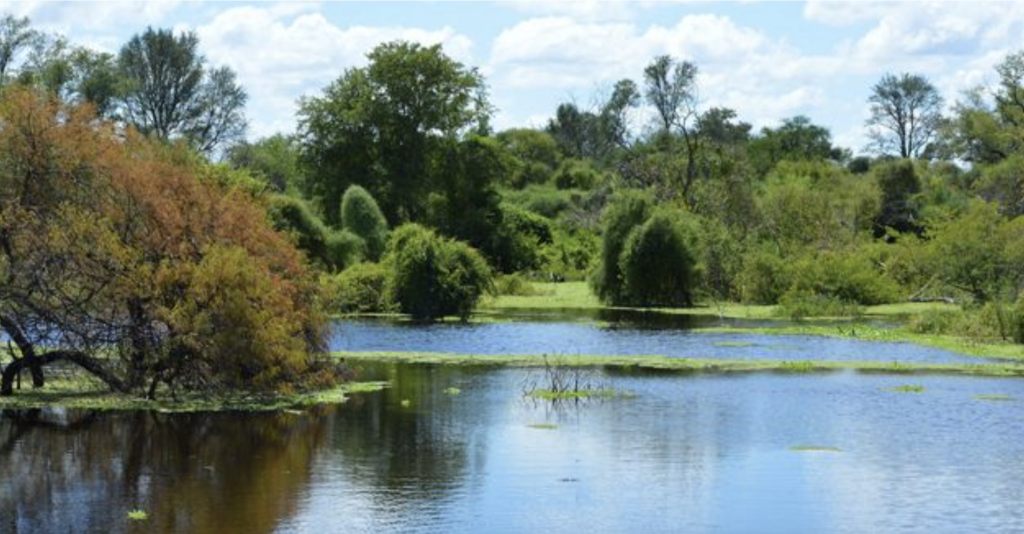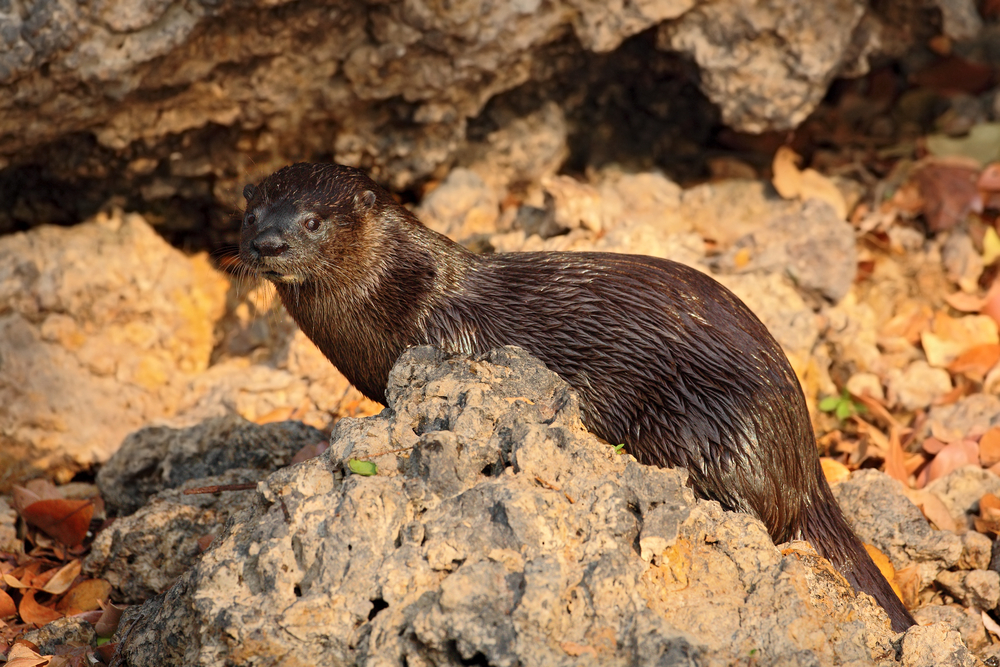Teniente Agripino Enciso Overview
Teniente Agripino Enciso National Park is located in the northern region of Paraguay, within the arid Chaco Boreal. Covering approximately 400 square miles (1,000 square kilometers), the park is a significant protected area within the Alto Paraguay Department.
Named after a Paraguayan military officer, it preserves a vast expanse of dry forests and thorny scrublands, characteristic of the Gran Chaco ecosystem. The region experiences extreme temperatures, with hot summers and mild winters, and is known for its challenging, semi-arid conditions.
The landscape is flat to gently undulating, interspersed with dense forests of quebracho trees, palo santo, and various thorny vegetation. Seasonal waterholes and small rivers like the Pilcomayo provide limited but essential water sources for the region’s wildlife.
The park is home to a variety of wildlife, adapted to the harsh conditions of the Chaco. Mammals such as the Chacoan peccary, a rare species once thought to be extinct, are among its most notable inhabitants. Jaguars, pumas, ocelots, and tapirs also roam the park, though they are elusive.
Armadillos, including the giant armadillo, are frequently spotted, as are capybaras and howler monkeys. The park is a haven for birdlife, with species such as the red-legged seriema, greater rhea, and many types of parrots and hawks.
The presence of the Chaco owl and crowned solitary eagle makes it an attractive destination for birdwatchers. Reptiles, including caimans and various snake species, are also common, further highlighting the region’s rich biodiversity.
One of the park’s main attractions is its pristine, undisturbed wilderness, offering a glimpse into Paraguay’s Chaco region as it has existed for centuries. Unlike more developed parks, it provides a rugged, off-the-beaten-path experience, making it ideal for adventure seekers and nature enthusiasts.
Visitors often explore the park through guided tours, as its remote location and lack of extensive infrastructure make independent travel challenging. Wildlife observation, photography, and birdwatching are among the most rewarding activities, with early morning and late afternoon excursions providing the best chances for sightings. Hiking through the dense forest and along the sparse water sources can also be an engaging way to experience the unique ecosystem.
Conservation efforts in the park focus on protecting its fragile ecosystem from deforestation, poaching, and the encroachment of agriculture and cattle ranching. The region’s remote location helps shield it from large-scale human activity, but illegal hunting and habitat fragmentation remain concerns.
Conservation successes include the protection of the Chacoan peccary and ongoing efforts to monitor and preserve populations of large predators such as jaguars. The park plays a critical role in maintaining the ecological integrity of the Paraguayan Chaco, acting as a refuge for species that struggle to survive outside protected areas.
Continued management and environmental awareness are key to ensuring its long-term preservation.












































































